As a rapidly growing city, Dubai has made a commitment to sustainable development and reducing its environmental impact. One way it has achieved this is through the implementation of green building standards, which promote energy efficiency, water conservation, and sustainable materials.
Two of the most popular green building rating systems used in Dubai are Leadership in Energy and Environmental Design (LEED) and Estidama. Both of these ratings were created to evaluate the sustainability of buildings and provide a framework for developers, architects, and engineers to create more sustainable buildings.
LEED history
LEED was developed in the United States by the U.S. Green Building Council (USGBC) in 1998 and is now recognized as the most widely used green building rating system in the world. It is based on a point system where buildings can achieve various levels of certification based on the number of points they earn across categories such as energy efficiency, water conservation, indoor air quality, and sustainable materials.
In Dubai, LEED certification is overseen by the Dubai Municipality, and developers must apply for certification through the municipality. LEED certification is recognized as an important measure of a building’s sustainability and is often required for government and commercial projects.
Estidama creation
Contrarily, Estidama was developed especially for the Middle East and the United Arab Emirates (UAE). The Abu Dhabi Urban Planning Council (UPC) created the grading system in 2008, concentrating on four main spheres: environmental, economic, social, and cultural. Estidama, as opposed to LEED, is a performance-based rating that considers a building’s whole lifecycle, from design to construction through operation.
In the UAE, Estidama is acknowledged as a major force behind sustainable development, and many public and private sector initiatives call for Estidama accreditation. The Abu Dhabi UPC is in charge of Estidama, and developers must apply for accreditation with the council.
Both Estidama and LEED are crucial instruments for advancing sustainable development in Dubai and the surrounding area. These grading systems work to lessen the environmental effect of buildings and foster more sustainable communities by providing incentives for sustainable construction practices.
Several green building rating systems are in use in Dubai and the rest of the UAE in addition to LEED and Estidama. Examples include the Pearl Rating in Qatar and the Green Building Rules and Standards (GBRS) in Dubai. Although each rating system has its own distinct characteristics and specifications, they all aim to promote sustainable development and lessen the impact of buildings on the environment.
The two most popular green building grading systems in Dubai and the rest of the UAE are LEED and Estidama. These approaches offer a framework for encouraging sustainable building methods and lowering buildings’ environmental effect. Several rating systems are in use in the area, but LEED and Estidama are acknowledged as crucial instruments for advancing sustainable development and building more sustainable Dubai communities.

